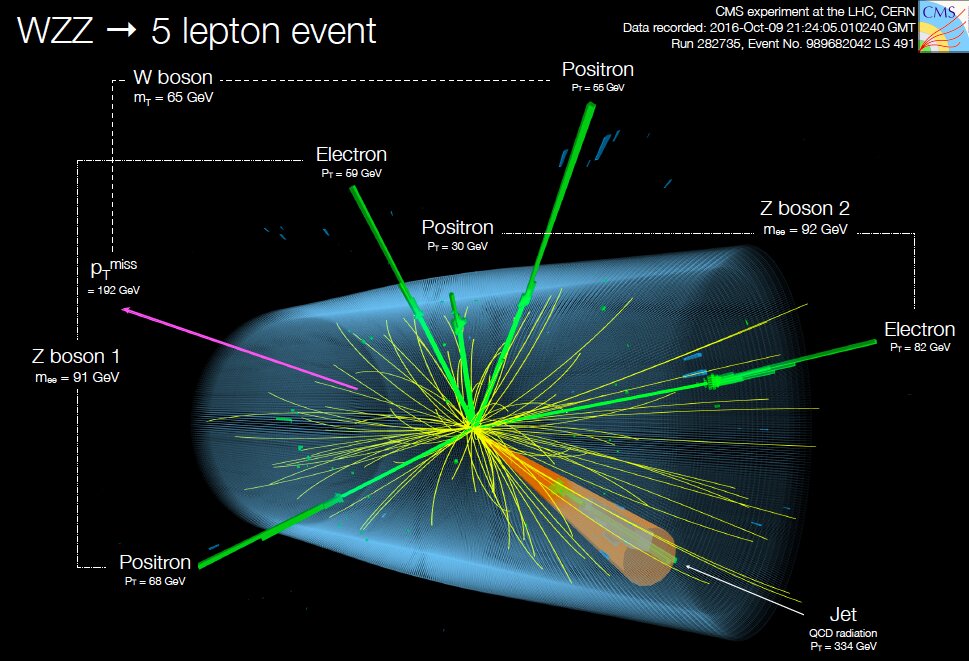Translate Boson. See authoritative translations of Boson in Spanish with example sentences and audio pronunciations. Boson X does not collect any of your personal data. If you activate the online leaderboards feature in the PC, Mac, Linux or Android versions, it will send your username (which can be anything you like) and score to our leaderboard server.
Boson, subatomic particle with integral spin (i.e., angular momentum in quantum-mechanical units of 0, 1, etc.) that is governed by the Bose-Einstein statistics (q.v.).
Boson Protocol
- Boson charge induces electron or positron emission or absorption, thus causing nuclear transmutation. The Z boson mediates the transfer of momentum, spin and energy when neutrinos scatter elastically from matter (a process which conserves charge).
- The Boson family represents the most dynamic, highest-performing uncooled thermal imaging technology in the FLIR portfolio. The small, lightweight, and low-power package features multiple configurations and onboard image processing for qualitative and quantitative thermal imaging applications.

 photon
photon
Boson Exam
pi-meson, pion type of:particle, subatomic particle
type of:particle, subatomic particleBoston Bruins
Discovered in 1983 by physicists at the Super Proton Synchrotron at CERN, the Z boson is a neutral elementary particle. Like its electrically charged cousin, the W, the Z boson carries the weak force.
The weak force is essentially as strong as the electromagnetic force, but it appears weak because its influence is limited by the large mass of the Z and W bosons. Their mass limits the range of the weak force to about 10-18 metres, and it vanishes altogether beyond the radius of a single proton.
Enrico Fermi was the first to put forth a theory of the weak force in 1933, but it was not until the 1960s that Sheldon Glashow, Abdus Salam and Steven Weinberg developed the theory in its present form, when they proposed that the weak and electromagnetic forces are actually different manifestations of one electroweak force.
By emitting an electrically charged W boson, the weak force can cause a particle such as the proton to change its charge by changing the flavour of its quarks. In 1958, Sidney Bludman suggested that there might be another arm of the weak force, the so-called 'weak neutral current,' mediated by an uncharged partner of the W bosons, which later became known as the Z boson.
Boson Cissp
Physicists working with the Gargamelle bubble chamber experiment at CERN presented the first convincing evidence to support this idea in 1973. Neutrinos are particles that interact only via the weak interaction, and when the physicists shot neutrinos through the bubble chamber they were able to detect evidence of the weak neutral current, and hence indirect evidence for the Z boson.
Boson Higgs
At the end of the 1970s, CERN converted what was then its biggest accelerator, the Super Proton Synchrotron, to operate as a proton-antiproton collider, with the aim of producing W and Z bosons directly. Both types of particle were observed there for the first time in 1983. The bosons were then studied in more detail at CERN and at Fermi National Accelerator Laboratory in the US.
During the 1990s, the Large Electron-Positron collider at CERN and the SLAC Linear Collider in the US produced millions of Z bosons for further study.
These results culminated in the need to search for the final piece of the Standard Model – the Higgs boson. In July 2012, scientists at CERN announced that they had observed a new particle consistent with the appearance of a Higgs boson.
Boson Cissp
Although more time and analysis is needed to determine if this is the particle predicted by the Standard Model, the discovery of the elusive Z bosons set the stage for this important development. Dance house vol 1 nexus for mac.




